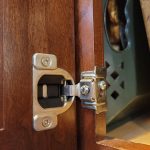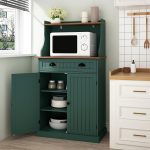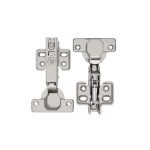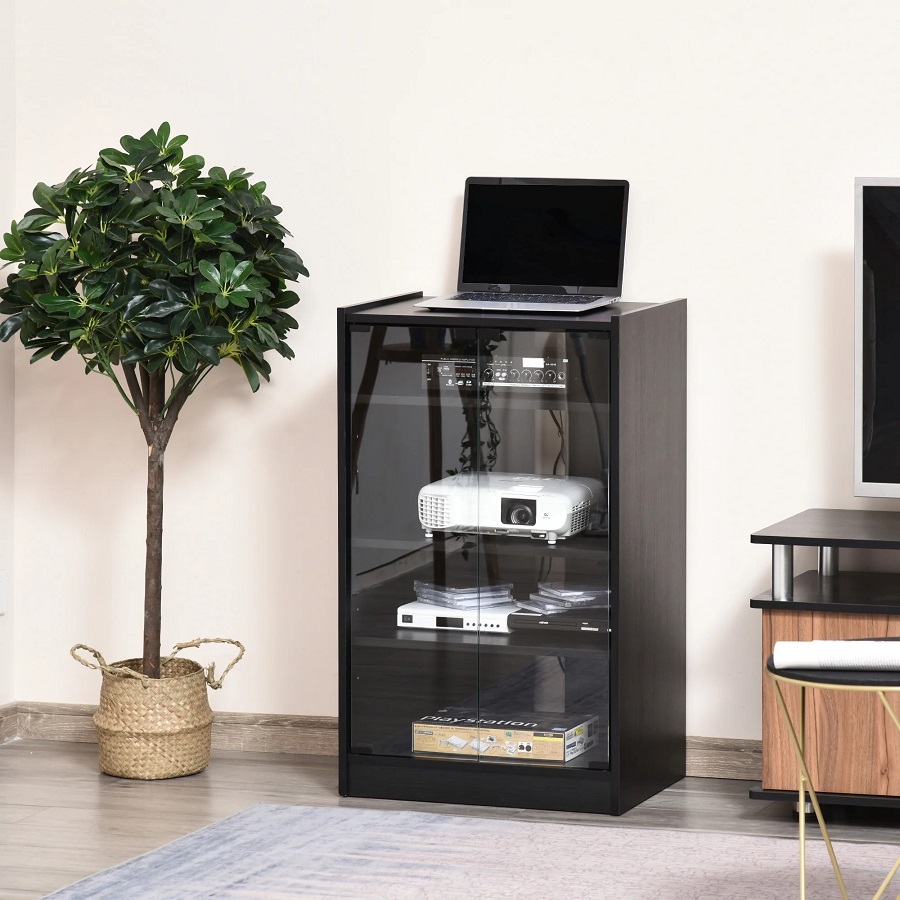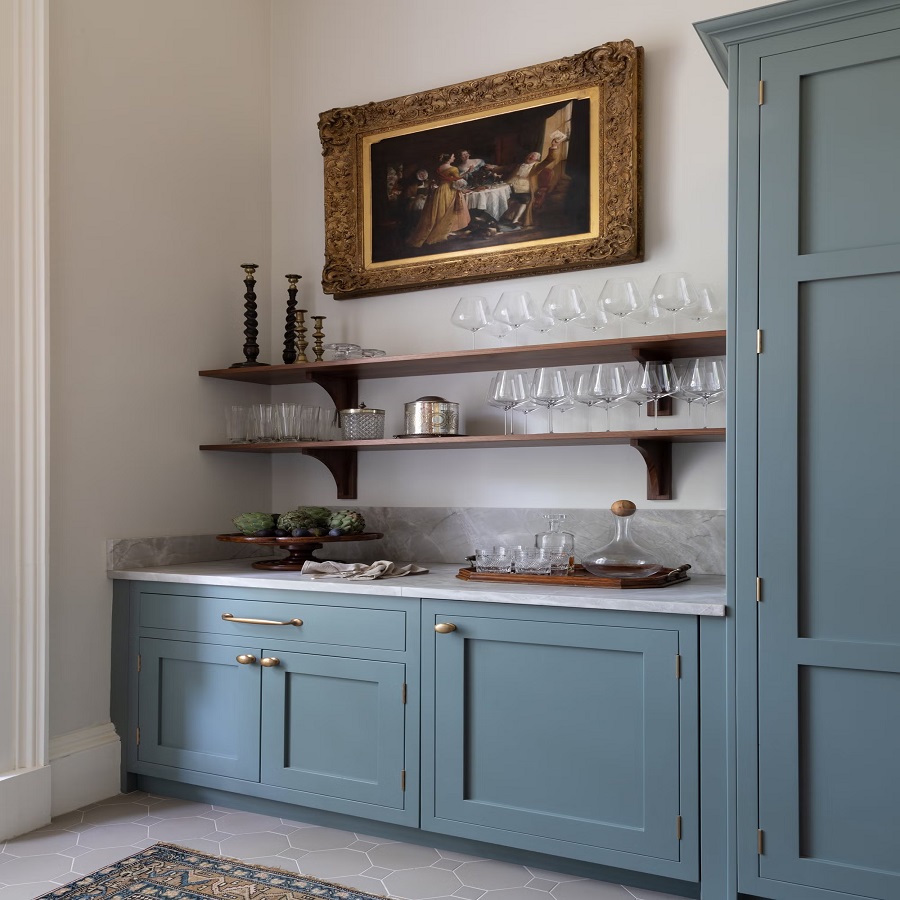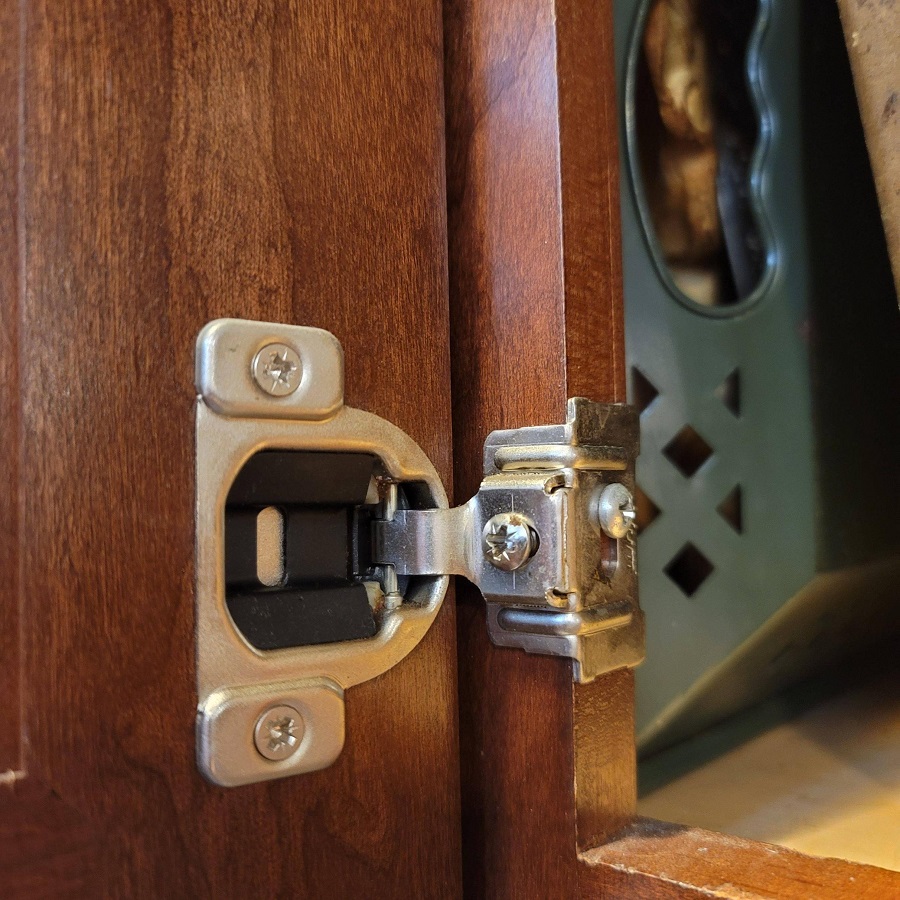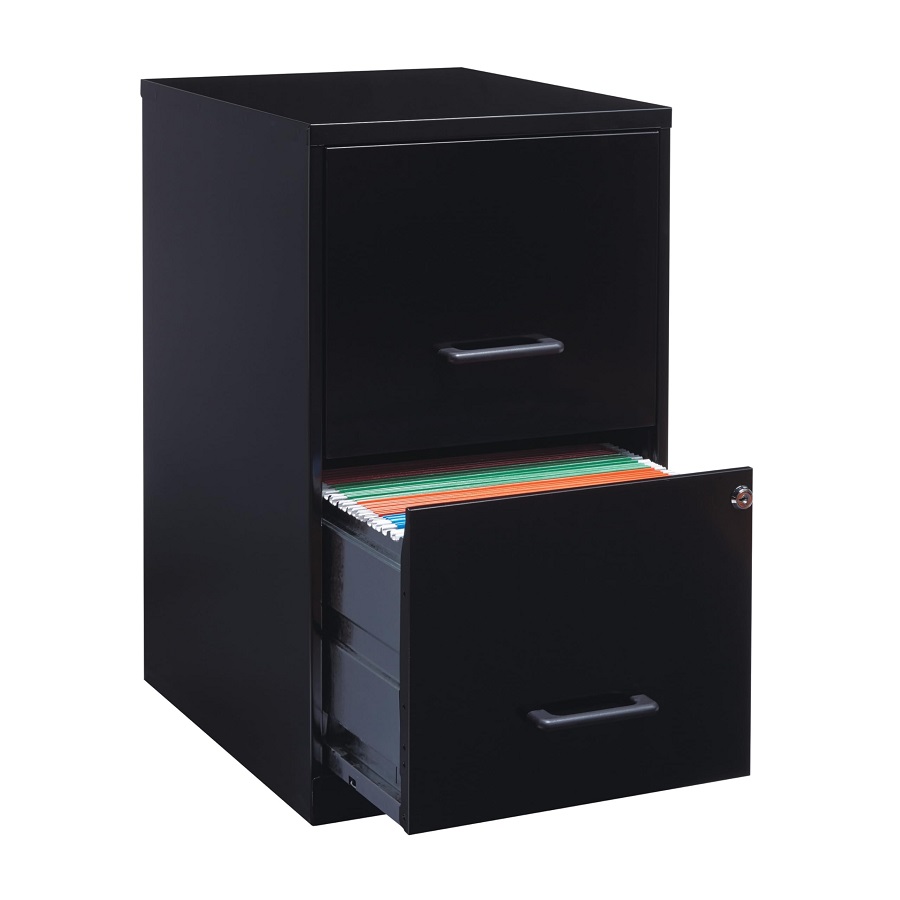Introduction to DIY Kitchen Drawer Organization
A well-organized kitchen enhances efficiency and makes cooking a more enjoyable experience. One of the key areas for organizing is kitchen drawers, where utensils, tools, and gadgets are often stored. Creating a DIY kitchen drawer organizer not only maximizes space but also allows customization according to your specific needs and preferences. In this guide, we’ll explore creative ideas and provide a step-by-step process to help you craft functional and stylish drawer organizers.
Understanding Your Kitchen Drawer Needs
Before diving into the DIY process, assess your kitchen drawer requirements. Consider the types of items you frequently use and store in each drawer. This analysis helps in designing organizers that optimize space and accessibility. Common items include cutlery, cooking utensils, spices, towels, and small appliances. Tailoring the organizer to accommodate these items ensures a clutter-free and efficient workspace.
Creative DIY Kitchen Drawer Organizer Ideas
1. Utensil Dividers and Holders
Utensils like spatulas, ladles, and whisks often clutter drawers. Create dividers using wood, acrylic, or even repurposed materials like cereal boxes covered in decorative paper. Customize the sizes of compartments to fit different utensil lengths and types. Alternatively, use jars or tin cans affixed to the drawer base for vertical storage.
2. Adjustable Drawer Dividers
Adjustable dividers allow flexibility in organizing various items. Construct dividers from lightweight wood or acrylic strips cut to size. Install them using screws or adhesive strips for easy adjustment. This setup accommodates changes in storage needs over time, such as adjusting compartments for larger utensils or adding space for new items.
3. Spice Jar Racks
Keep spices organized and accessible with a dedicated spice rack inside a drawer. Build tiered racks using wooden slats or install wire racks that allow easy visibility and reach. Label or arrange spices alphabetically for quick identification. This setup prevents cluttered countertops and ensures spices are conveniently within reach while cooking.
4. Knife Blocks and Magnetic Strips
To safely store knives and maximize counter space, create custom knife blocks or install magnetic strips inside a drawer. Knife blocks can be made from wood with slots cut to fit each knife size, ensuring blades are safely stored and easily accessible. Magnetic strips securely hold knives in place and provide a modern, space-saving alternative.
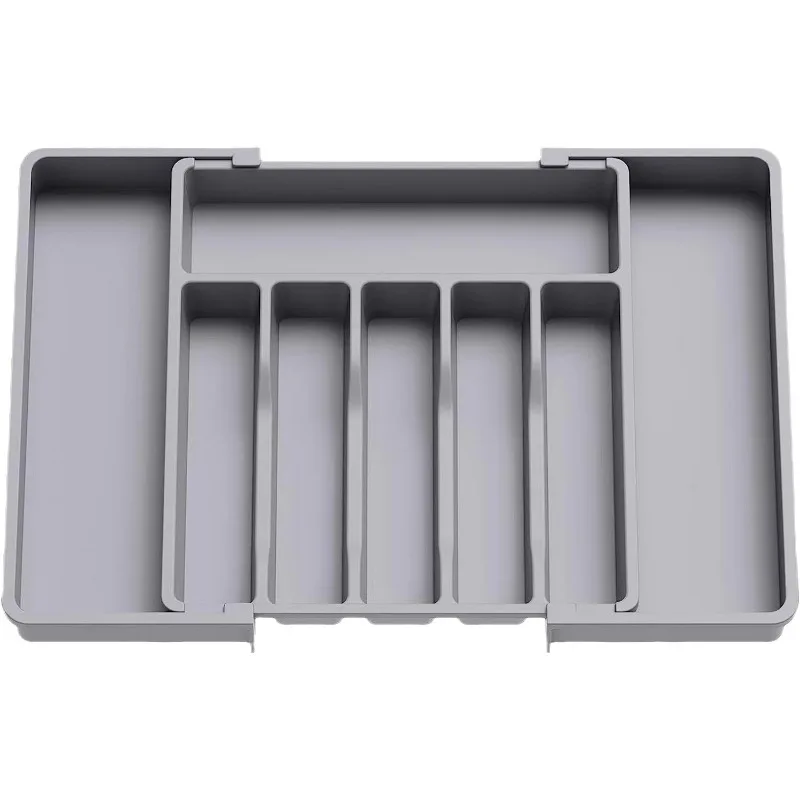
Step-by-Step Guide to Building Your DIY Kitchen Drawer Organizer
1. Gather Materials and Tools
Begin by gathering materials such as wood boards, acrylic sheets, screws, adhesive, measuring tape, and a saw. Tools required include a drill with bits, a screwdriver, sandpaper, and a pencil. Choose materials that match your kitchen’s aesthetic and ensure durability for long-term use.
2. Measure and Plan Drawer Layout
Measure the dimensions of your kitchen drawer accurately. Plan the layout by sketching where dividers, racks, or holders will be positioned based on the items you identified earlier. Consider leaving space for future adjustments or additions as your needs evolve.
3. Cut and Assemble Dividers
Cut wood or acrylic sheets to the desired sizes for dividers and racks. Sand the edges for a smooth finish. Assemble dividers using screws or adhesive, ensuring they fit snugly inside the drawer without shifting. Test the arrangement to verify functionality and adjust as needed.
4. Install and Secure Organizers
Install organizers securely inside the drawer using screws or adhesive, depending on the materials used. Ensure dividers are stable and can support the weight of stored items without bending or shifting. Use levels or measuring tools to align dividers accurately for a professional finish.
5. Personalize and Decorate
Add personal touches to enhance the organizer’s appearance. Consider painting dividers in coordinating colors or adding labels for each section. Use decorative paper or contact liners to line the bottom of the drawer, protecting it from scratches and adding a stylish touch.
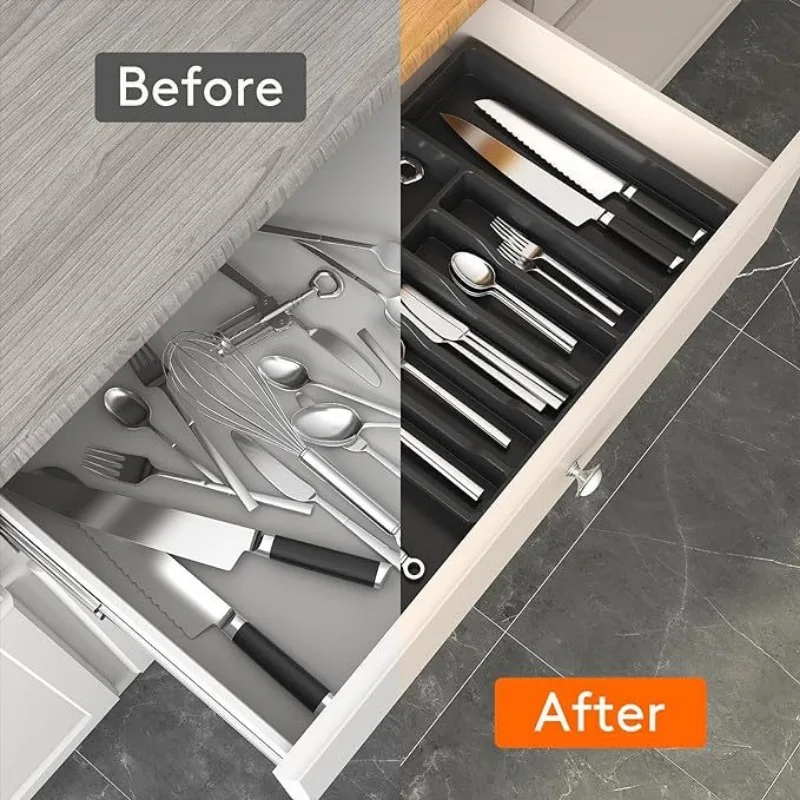
Maintenance and Upkeep of DIY Kitchen Drawer Organizers
Maintaining your DIY kitchen drawer organizer ensures longevity and continued functionality. Regularly declutter and clean drawers to prevent buildup of debris. Replace worn-out liners or damaged dividers promptly to maintain an organized space. Periodically reassess your storage needs and adjust organizers accordingly to optimize efficiency.
Additional Tips for Organizing Kitchen Drawers
Utilize Drawer Dividers Effectively
- Customizable Options: Consider using adjustable dividers that can be easily reconfigured as your storage needs change.
- Multiple Compartments: Divide larger drawers into sections to keep items neatly separated and easily accessible.
- Stackable Organizers: Use stackable trays or bins to maximize vertical space and create layers within the drawer.
Maximize Small Spaces
- Corner Drawers: Utilize corner drawers with custom-fit organizers to access hard-to-reach areas efficiently.
- Under-Sink Drawers: Install pull-out drawers under the sink to store cleaning supplies, sponges, and trash bags conveniently.
Consider Drawer Inserts
- Cutlery Trays: Use segmented trays for cutlery and small utensils to keep them organized and prevent them from shifting.
- Drawer Liners: Choose liners that are easy to clean and protect both the drawer and its contents from scratches.
Create Dedicated Zones
- Cooking Zones: Group cooking utensils, spatulas, and measuring cups together near the stove for quick access during meal preparation.
- Baking Supplies: Dedicate a drawer to baking essentials such as measuring spoons, cookie cutters, and cupcake liners for easy baking sessions.
Ensuring Longevity and Functionality
Regular maintenance is key to keeping your DIY kitchen drawer organizers in top shape. Beyond routine cleaning and decluttering, periodically assess the organization system to ensure it still meets your needs effectively. This proactive approach helps you optimize storage efficiency and maintain an orderly kitchen environment.
Cleaning and Decluttering
Start by decluttering your drawers regularly. Remove items that you no longer use or need. Wipe down the organizers and the drawers themselves to remove any dust, crumbs, or spills. This prevents debris from accumulating and potentially damaging your organizers over time.
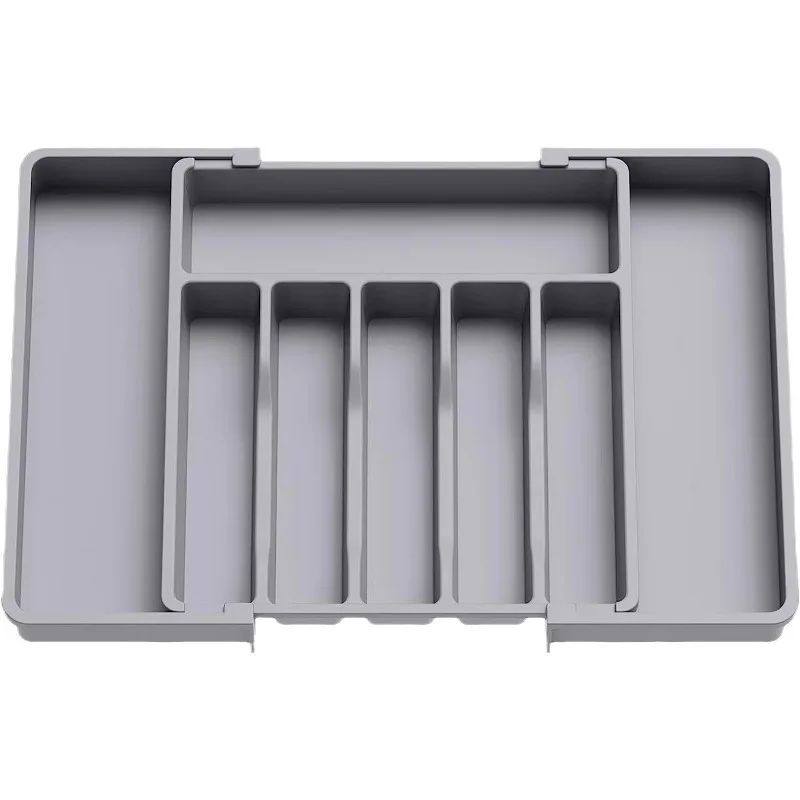
Replacing Worn-Out Parts
Inspect your DIY organizers for any signs of wear and tear. Replace worn-out drawer liners or damaged dividers promptly. This proactive maintenance prevents further damage and ensures that your organizers continue to function as intended.
Adjusting Organizers
Periodically reassess your storage needs. As your kitchen tools and utensils change or grow, adjust the organizers accordingly. This might involve repositioning dividers, adding new sections, or reorganizing the contents of the drawers to optimize space and accessibility.
Regular Inspection and Repairs
In addition to regular cleaning and adjustments, perform periodic inspections of your DIY kitchen drawer organizers. Check for any loose fittings, broken dividers, or signs of structural wear. Addressing these issues promptly can prevent larger problems and prolong the life of your organizers.
Using Quality Materials
When initially constructing or repairing your DIY organizers, opt for durable materials that can withstand daily use. Quality wood, sturdy plastic dividers, and durable liners will contribute to the longevity and effectiveness of your organizers.
Labeling and Organization
Consider labeling compartments or drawers to maintain order and ease of use. Clear labels help everyone in the household quickly locate items and ensure that everything has a designated place. This practice also encourages consistent organization habits.
Conclusion
Creating a DIY kitchen drawer organizer allows you to transform cluttered drawers into efficient storage spaces tailored to your specific needs. By understanding your storage requirements and employing creative ideas such as adjustable dividers, spice racks, and custom knife storage solutions, you can enhance both organization and accessibility in your kitchen. Follow the step-by-step guide to construct and personalize your organizers, ensuring they complement your kitchen decor while maximizing functionality. With proper maintenance and occasional updates, your DIY organizers will continue to serve as essential tools in maintaining an organized and enjoyable cooking environment.


